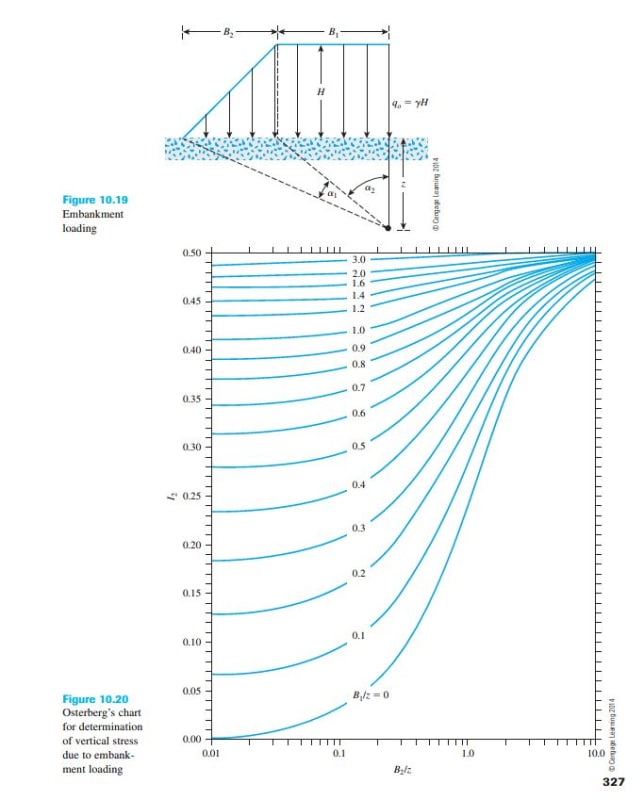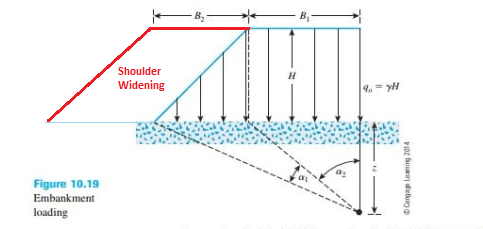Hi All,
I've just commenced the geotechnical investigations for a highway widening which seeks to add an additional carriageway to our existing highway.
There are some substantial fills (10 - 20m high) along the route, mostly coinciding with drainage structures (large culverts) beneath, and I need to calculate the anticipated settlements beneath the proposed fill widening. Both the existing and the proposed widening are sloped at 1:2 (V:H).
I am unsure how to calculate the settlements with a fill shoulder widening- I'm currently trying to configure the profile on Settle3D (Rocscience) but I'm struggling. I would also like to know how to calculate the earth pressures by hand. There are a number of cases where differential settlement between the existing culverts and the proposed culvert extensions will be difficult to design for, so I want to be as accurate as possible.
Any guidance or references would be greatly appreciated.
Best,
Mike
I've just commenced the geotechnical investigations for a highway widening which seeks to add an additional carriageway to our existing highway.
There are some substantial fills (10 - 20m high) along the route, mostly coinciding with drainage structures (large culverts) beneath, and I need to calculate the anticipated settlements beneath the proposed fill widening. Both the existing and the proposed widening are sloped at 1:2 (V:H).
I am unsure how to calculate the settlements with a fill shoulder widening- I'm currently trying to configure the profile on Settle3D (Rocscience) but I'm struggling. I would also like to know how to calculate the earth pressures by hand. There are a number of cases where differential settlement between the existing culverts and the proposed culvert extensions will be difficult to design for, so I want to be as accurate as possible.
Any guidance or references would be greatly appreciated.
Best,
Mike


